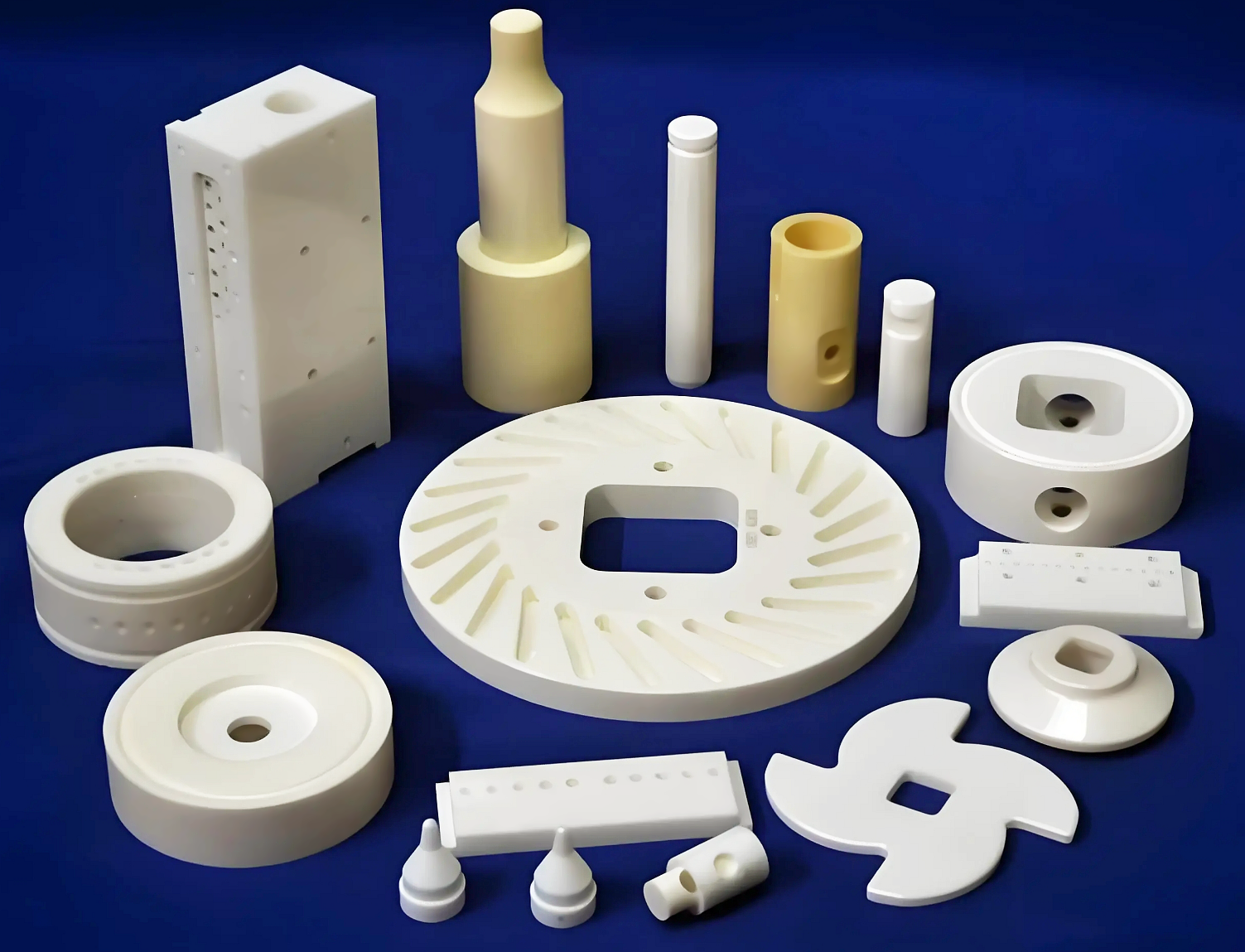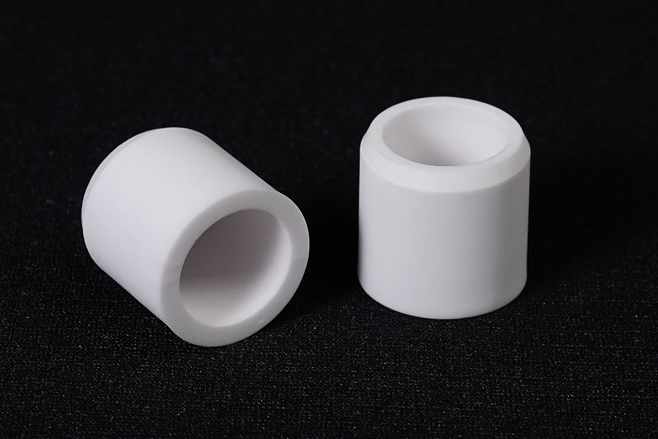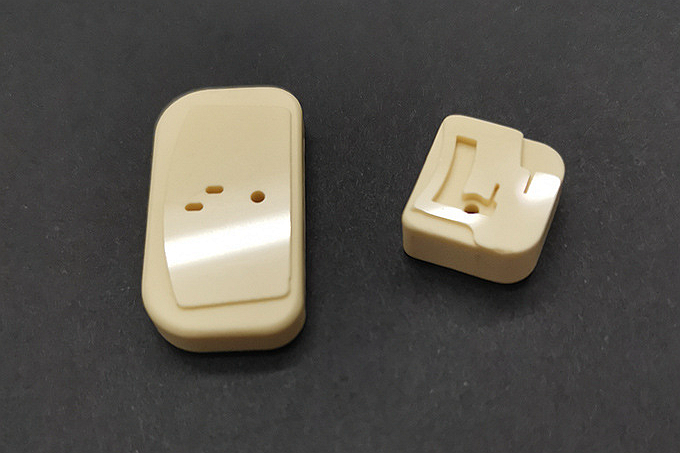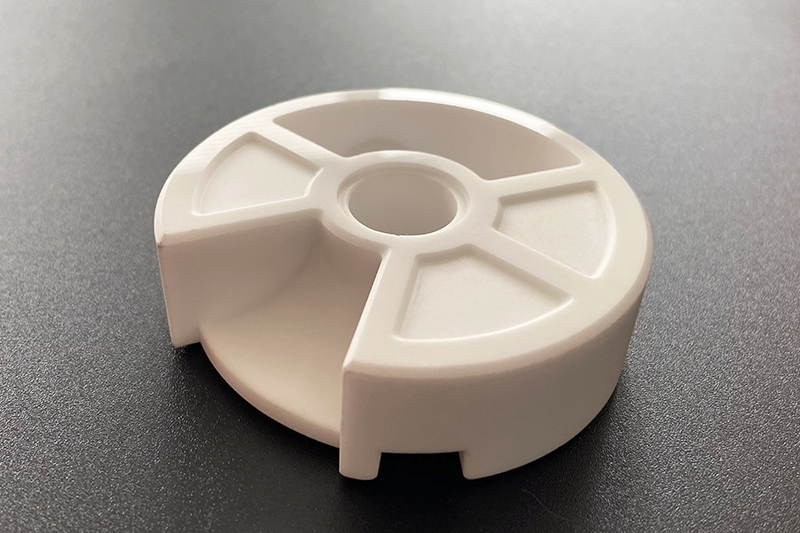What Complex Geometries Can Ceramic Injection Molding Parts Achieve?
 Ceramic Injection Molding (CIM) offers unmatched precision in manufacturing intricate ceramic parts. This advanced technique allows engineers and manufacturers to develop components with geometries difficult or impossible through traditional methods. This post explores the complex shapes achievable with CIM, helping industries leverage ceramic manufacturing for exceptional performance.
Ceramic Injection Molding (CIM) offers unmatched precision in manufacturing intricate ceramic parts. This advanced technique allows engineers and manufacturers to develop components with geometries difficult or impossible through traditional methods. This post explores the complex shapes achievable with CIM, helping industries leverage ceramic manufacturing for exceptional performance.
Understanding Ceramic Injection Molding (CIM)
Ceramic Injection Molding is an innovative manufacturing process involving mixing ceramic powders with binders, molding under pressure, removing binders (debinding), and sintering the component to achieve the final high-density part. CIM combines the best attributes of injection molding and powder metallurgy, ideal for mass production of highly complex ceramic parts, setting it apart from traditional manufacturing techniques like ceramic hot pressing molding.
Intricate Internal Channels and Fine Detail
Complex internal channels and fine details that are difficult or impossible through traditional ceramic forming processes are achievable with CIM. Industries such as medical, automotive, and aerospace frequently utilize CIM's capability to produce intricate internal channels and microstructures. Advanced applications of Ceramic Injection Molding in various industries showcase these capabilities vividly.
Thin-Walled and High Aspect Ratio Structures
CIM excels in manufacturing thin-walled and high aspect ratio ceramic parts. Thin ceramic walls, used extensively in electronics and microfluidics, offer lightweight yet robust solutions. For instance, electronic components and microfluidic devices frequently benefit from CIM’s precise fabrication capabilities. Detailed insights on Alumina (Al2O3) Ceramic Injection Molding demonstrate the significance of these features.
Threads and Undercuts
Precision threads and undercuts, challenging for conventional ceramic processes, are achievable with CIM due to its flexibility and molding accuracy. Products like ceramic fasteners or specialized connectors significantly benefit from this precision, improving functionality and assembly reliability. Ceramic injection molding's advantages and applications illustrate why this technology is chosen for complex detailing.
Complex Surface Textures and Patterns
CIM uniquely enables the creation of intricate surface textures and patterns directly in molded ceramic components. These patterns can be both functional, improving grip or heat transfer, and aesthetic, enhancing product design. Ceramic material and application diversity through injection molding further amplifies these benefits.
Factors Affecting Geometry Achievement
Several critical factors influence CIM’s success in achieving complex geometries, including:
Material Selection: Ceramic powders such as Zirconia (ZrO2) and Silicon Carbide (SiC) affect precision and shrinkage behavior.
Mold Design: Mold complexity and precision directly impact the accuracy of the final component.
Process Control: Injection parameters like pressure and temperature and the accuracy of the sintering cycle define final tolerances and part properties.
These factors highlight why precise process control is essential for optimal geometric outcomes in Ceramic Injection Molding.
Real-World Applications
CIM parts find significant use in various industries:
Medical Applications
CIM-produced ceramics are ideal for medical implants and surgical instruments thanks to their biocompatibility and precision. Complex dental implants and bio-compatible Zirconia components are examples of CIM's critical role in healthcare innovation.
Aerospace and Automotive
High-performance ceramic components produced by CIM are utilized extensively in aerospace for thermal and corrosion resistance, crucial in engine and sensor applications. Similarly, automotive sensor housings benefit significantly from the precise geometry achievable through CIM.
Electronics
CIM produces highly precise insulating substrates and complex-shaped casings critical for device performance and reliability in electronics. Explore advanced ceramics injection molding services for more on electronic applications.
Challenges and Solutions
Despite CIM's advantages, achieving complex geometries presents some challenges, including shrinkage during sintering, high tooling costs, and fragile components in their unsintered (green) state. Manufacturers can overcome these issues through careful mold design, precise control of sintering conditions, and robust handling practices. Understanding the comprehensive ceramic injection molding process helps address these challenges effectively.
Maximizing CIM Capabilities Through Design
To fully utilize CIM's capabilities, designers should:
Engage manufacturers early in the design phase to understand process limitations and capabilities.
Optimize geometries to account for shrinkage and deformation during sintering.
Utilize simulation software to anticipate manufacturing challenges, enhance product quality, and reduce development cycles.
Such best practices are fundamental to successful CIM implementation.
Future Innovations
The future of CIM is promising, particularly with the integration of additive manufacturing techniques like 3D printing. These innovations will further expand the geometric capabilities, allowing for even greater design freedom and precision. 3D Printing's role in manufacturing provides insights into future manufacturing integration.
Conclusion
Ceramic Injection Molding empowers designers and manufacturers to create complex ceramic components with remarkable precision. Industries can maximize CIM's innovative potential by understanding the achievable geometries, leveraging precise design practices, and addressing process challenges. Embracing this technology positions industries at the forefront of ceramic manufacturing advancements, enabling new applications and breakthroughs.



